#panicled aster
Explore tagged Tumblr posts
Text


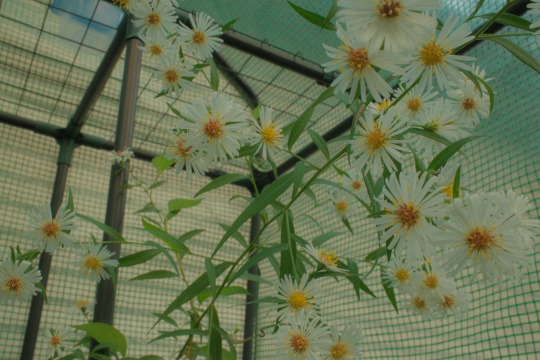
Pick a vibe October 8th, 2024 | Fujifilm X100VI
I was so surprised to find these “weeds” growing so tall in my greenhouse! Guess I should go in here more often. Follow for more of my original photography!
#panicled aster#flower#plant#nature#photography#nature photography#macro#macro photography#fujifilm#flowers#aster#artists on tumblr#photographers on tumblr#plant photography#wild plants#original photography
12 notes
·
View notes
Text
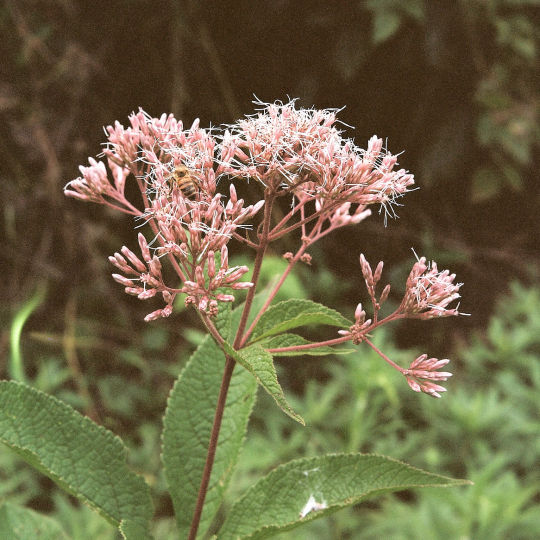
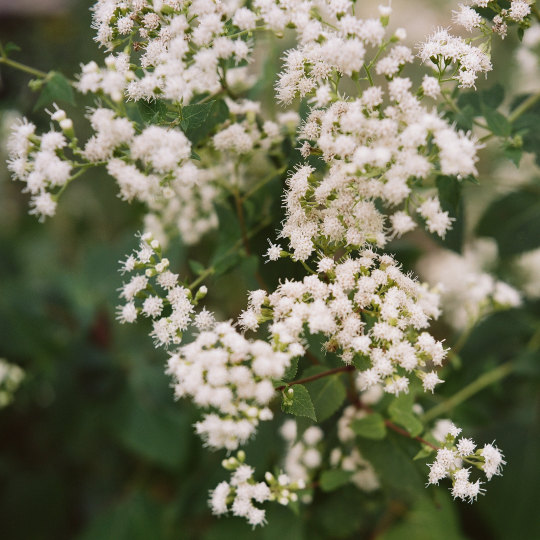
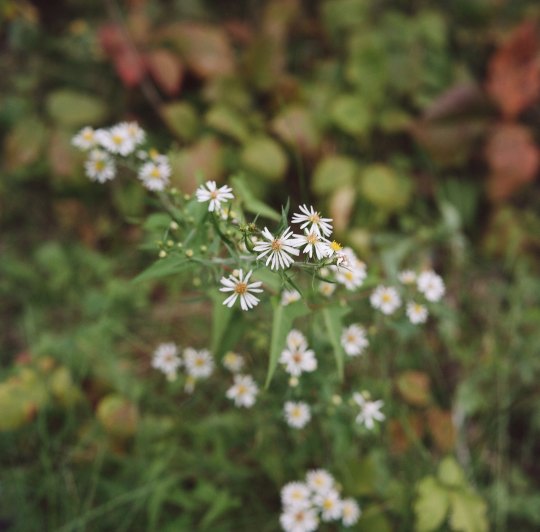
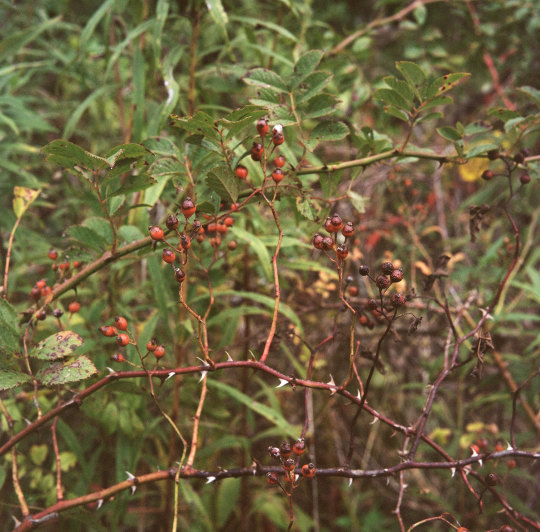
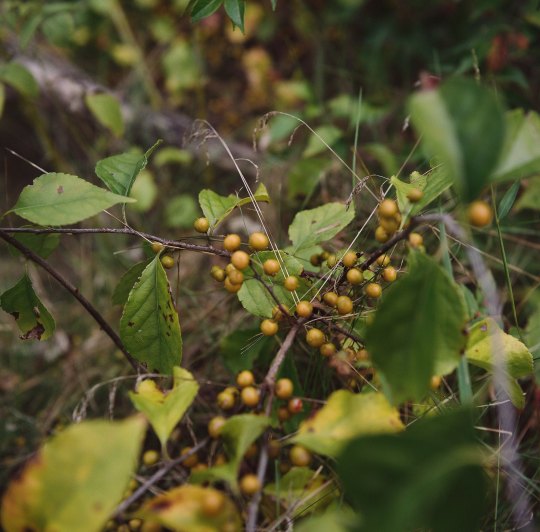
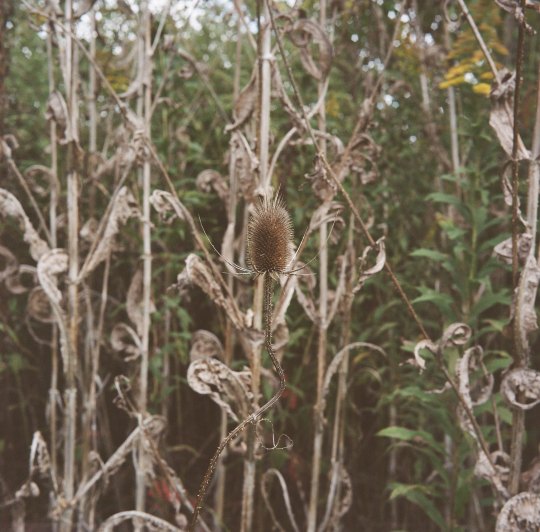
Rolleinar filter tests (2) (3) (4) (5) (6) by sebecker73
5 notes
·
View notes
Text




















Walk with me: Mid-summer hike through a Central Appalachian forest. As summer hurtles toward its final explosive act, the forest's living things embrace urgent, primordial impulses triggered by shrinking daylight: to bloom, to seed, to feed, and to reproduce before the killing frost of Autumn shocks the earth into hibernation. In the deep forest, the fetid perfume of decaying fungi signals the countdown has begun. From top: a bumblebee traversing the fanning pink flowers of hollow-stemmed Joe-Pye weed (Eutrochium fistulosum); the maturing red stem and flowers of seedbox (Ludwigia alternifolia), also known as rattlebox and square-pod water-primrose, a very attractive wetlands annual with four-sided seed capsules; cowbane (Oxypolis rigidior), also known as common water dropwort, a delicate, marsh-loving member of the carrot family that also happens to be toxic; Allegheny hawkweed (Hieracium paniculatum), also known as panicled hawkweed, a spindly-stemmed member of the dandelion tribe; the lovely and hallucinogenic fly agaric (Amanita muscaria); a sprawling colony of sulphur shelf fungus (Laetiporus sulphureus), an edible delicacy otherwise known as chicken of the woods; a red eft (Notophthalmus viridescens); white wood aster (Eurybia divaricata); a twin set of common puffballs (Lycoperdon perlatum); the fungal version of suburban sprawl courtesy of orange moss agaric (Rickenella fibula); a gelatinous serving of orange witches' butter (Dacrymyces chrysospermus); a fiery clump of eastern Jack-o-lanterns (Omphalotus illudens); a potter wasp (Ancistrocerus campestris) drinking from the clumped white flowers of virgin's bower (Clematis virginiana); one of my all-time favorite critters, a locust borer (Megacyllene robiniae), taking its nectar fill from flat-top goldentop (Euthamia graminifolia), also known as grass-leaved goldenrod; a green metallic sweat bee (Augochloropsis ?) finding sustenance from parasol white-top (Doellingeria umbellata var. umbellata), also known as flat-top aster; and the intricate purple flowers of tall ironweed (Vernonia gigantea).

#appalachia#vandalia#west virginia#wildflowers#flora#summer#coopers rock state forest#glade run trail#insects#bumblebee#locust borer#potter wasp#green metallic sweat bee#amphibian#red eft#eastern newt#hollow joe-pye weed#seedbox#cowbane#allegheny hawkweed#white wood aster#virgin's bower#flat-top goldentop#grass-leaved goldenrod#parasol white-top#flat-top aster#tall ironweed#fungi#fly agaric#sulphur shelf fungus
177 notes
·
View notes
Text

Preboggión (Italian wild greens)
Preboggión (Italian: prebuggiún) is a dish of wild greens originating in the provinces of Liguria and Parma in northern Italy. The term is probably derived from the Ligurian verb "preboggî," which means "to pre-boil." One folk etymology connects the term to a story about Goffredo di Buglione (Godfrey of Bouillon), leader of an army during the First Crusade, who was supposedly healed from an illness by a mixture of foraged plants: the herbs were, in Latin, "pro Buglionis," or "for Buglione" (p. 333 FN 183). In Sori—a municipality in Genoa, Liguria—the term "boggión" means "mixture," and is used to refer to a miscellanious set of items: it is possible that this meaning is derived from the food.
Some Ligurian families insist that preboggión properly consists of 7 herbs, though others say 12. Which plants will end up in a batch of preboggión is determined by the region and season: traditionally, the plants will all be foraged, making this a dish with a very strong sense of location. Interviews show that modern foraging behaviors in Italy are strongly variable based on location.
Preboggión may be eaten on its own, after frying lightly in olive oil with some garlic, but it is also used as a torte filling, eaten with pasta, and added to soups. The most well-known use of preboggión, though, is as a filling for pansooti (Italian: "pansotti")—a type of over-stuffed ravioli usually eaten with a walnut cream sauce. Dishes involving preboggión are especially popular on Sundays and days of abstinence from meat, such as Christmas Eve and Lent.
Preboggión may also be combined with potatoes to make "contorni," or vegetable side-dishes (singular: "contorno"). Immigrants from Liguria and Valtaro, Parma brought a similar dish to the USA: "sprubejung," from "preboggión," is a mixture of sautéed greens and boiled potatoes.
Recipe under the cut!
Patreon | Paypal | Venmo
Ingredients:
Mixed greens
Olive oil, to fry
Garlic, chopped
Red wine vinegar (optional)
Salt, to taste
Preboggión is made in Liguria with various wild potherbs, including but not limited to:
chicory (Chicorium intybus); cicoria
borage (Borago officinalis); borragine
asters (Genus Aster); Astro
stinging nettle (Urtica dioica); ortica comune
rampion (Campanula rapunculus); campanula
common dandelion (Taraxacum officinale); dente di leone
lichwort (Parietaria officinalis); gamba rossa
bristly hawkbit (Leontodon hispidus); dente di leone comune
chard (Beta vulgaris); bietola di prato
wild fennel (Foeniculum vulgare); finocchio
wild radicchio (Hyoseris radiata)
wild asparagus (Asparagus acutifolius); asparago selvatico
wall-rocket (Diplotaxis tenuifolia); ruchetta selvatica
anise (Pimpinella anisum); anice comune
common sow-thistle (Sonchus oleraceus); grespino comune
red valerian (Centranthus ruber); cornacchia, favoia (mature leaves)
English common name (Latin binomial); Italian common name
I looked in my area for these species, where available, and for plants in the same genus, where unavailable. I used (left to right, top to bottom) chicory, white-panicled aster (Symphyotrichum lanceolatum), wall-rocket, nursery bittercress (Cardamine hirsuta), prickly sow-thistle (Sonchus asper), common dandelion, and dead-nettle.

Instructions:
1. Wash plants thoroughly. Boil in salted water for 10-15 minutes, or until plants are tender and bitterness is reduced. Drain.

2. Heat olive oil in a large pan. Add chopped garlic to taste and fry until fragrant. Add greens and stir to combine. Fry for a couple minutes.
3. Add a splash of red wine vinegar, if desired. Taste and adjust salt.
45 notes
·
View notes
Text
My Garden Flowers Part 6
All photos mine, unedited.





















In order of appearance:
151. Canada Ginger (Asarum canadense) Not a ginger; the root just tastes like it. Flowers are springtime only and you miss them entirely if you don't get close to the ground!
152. Ohio Spiderwort (Tradescantia ohiensis) Was able to get her by calling up one of the plant places I order from directly during the COVID years. Their usual boxsets weren't listed as available so I asked if they ever would be that year, as a repeat customer, and listed the plants of theirs that I'd like and they put it together for me! She's a morning flower only, but she's stunning.
153. Harebell (Campanula rotundifolia) One of my very first. Grassy green foliage and cute little light blue bell-shaped flowers.
154. Panicled Aster (Symphyotrichum lanceolatum) Well behaved for an aster. When she starts growing onto the sidewalk I ease her back into the bed and she stays.
155. Smallflower Columbine (Aquilegia brevistyla) You can eat these flowers too but she's not quite as profuse as her taller red cousin so I'll wait before trying one.
156. Swamp Milkweed (Asclepias incarnata) Considered much more well-behaved behaved than her cousin the common milkweed, and therefore favoured in garden settings, I find she's not nearly as fragrant, but her flowers are stunning. In spite of her name she's quite drought tolerant. And while she doesn't spread by rhizome (well-behaved), she does seed prolifically. But like her common cousin, her young pods, young shoots, and flower clusters are edible cooked!
157. Wild Bergamot (Monarda fistulosa) She moves around. Died back in the area I initially planted her but has popped up in several places nearby and considerably further away. Her dried flowerheads still smell amazing after the winter if you give them a squeeze.
158. Wild Geranium (Geranium maculata) A beautiful plant from spring to fall. Her foliage is roundy in the early spring and then she has these wonderful pink flowers against the dark green of her leaves. After the flowers are done the foliage is still interesting, and then it turns red in the fall.
159. Sweet Corn (Zea mays saccharata rugosa) Not technically native to the area and can't survive the winter, but grown here long before colonization. She makes a rather handsome garden plant in my opinion.
160. Purple Poppymallow (Callirhoe involucrata) Just a strikingly beautiful groundcover for a dry area.
161. Smooth Rose (Rosa blanda) She doesn't bloom very often and suckers very slowly, but a non-aggressive rose is exactly the sort I need for property that isn't mine.
162. Anise Hyssop (Agastache foeniculum) Beloved of the bumblebees, and I like to use her in flavouring my pies.
163. Redroot Amaranth (Amaranthus retroflexa) Not pictured as I don't have pictures yet. Not sure if she reseeded this year. I rescued her from a fallow area and she has reseeded at least once, so we'll see.
164. Purslane (Portulaca oleracea) Not pictured as I don't have pictures yet. Also one I rescued from a fallow area. I don't know why so many people don't like purslane. She's a cute succulent groundcover in my opinion, and a nice snack too.
165. Crowfoot Violet (Viola pedata bicolor) Not pictured as I don't have pictures yet.
166. Mountain Laurel (Kalmia latifolia) The only one I planted without any known food use--it's poisonous--but purely because I saw a picture in David Attenborough's The Secret Life of Plants and always wanted one.
167. Wild Chives (Allium schoenoprasum) Beautiful flowers and tasty all around. What more could one want?
168. Field Thistle (Cirsium discolor) The parent of that field thistle, which appears to be dead in both halves, sadly, though her younger siblings are still alive. Her flowers are quite lovely and I do hope to see them in the garden next year if they don't get cut too.
169. Canada Milk Vetch (Astragalus canadensis) Interesting yellow-green flowers become deceptively inviting bean-looking fruits, but those don't have a known edible use. Other parts do, though.
170. Rattlesnake Master (Eryngium yuccifolium) I can't remember if she's named as such because she was used to treat snakebites back in the day or if her flowerhead kind of looks like snake's rattle. Anyway she's interesting.
171. Compass Plant (Silphium laciniata) Not pictured because she hasn't made a flowerstalk yet. Must be young. Her relative the cup plant has been flowering reliably every year.
172. Heath Aster (Symphyotrichum ericoides) Not pictured as I haven't got any pictures yet.
173. Rough Blazing Star (Liatris aspera) A very drought-tolerant blazing star species. Not quite as showy as dense blazing star but a nice tall plant for the back of a sunny garden.
174. Blanketflower (Gaillardia xgrandiflora) A hybrid with one parent native to here and the other out west. Not sure if she's fertile or not. Got her because I needed another plant for the minimum order and she looks nice enough not to be mistaken for a weed.
175. Graceful Cinquefoil (Potentilla gracilis) Flowering in her first year in the garden! She's hopefully going to form a groundcover in a relatively short period, over which her flowerstalks will sway in the breeze.
176. Pale Purple Coneflower (Echinacea pallida) Glad I got pictures before the landlord cut her. (:
177. Wild Savoury (Clinopodium arkansana) Not pictured as I don't have pictures yet.
178. Small-Leaved Pussytoes (Antennaria parvifolia) Not pictured as she hasn't flowered yet.
179. Common Yarrow (Achillea millefolium nigrescens) Not pictured as I haven't seen any flowers yet.
180. Red Elder (Sambucus pubens) Not pictured as she hasn't flowered yet.
#blackswallowtailbutterfly#my photos#photography#my garden#garden flowers#native plant gardening#native flowers of Carolinian Canada and USA
15 notes
·
View notes
Text
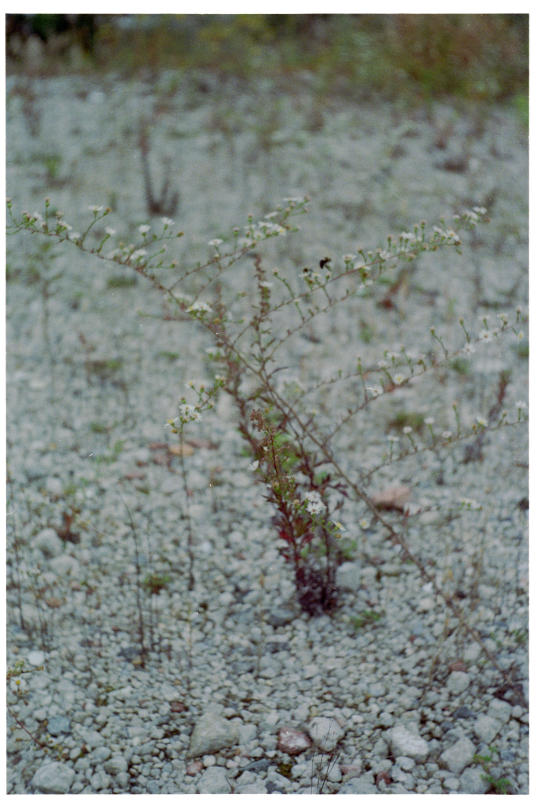
white panicle aster - abandoned lot, baldwin ave, jsq, jc, nj - yashica mg-1 & 400 speed color film - developed at eliz digital & scanned with minolta dimage dual iii
#35mm#aster#plants#botany#ecology#flowers#white flowers#gravel#abandoned#abandoned places#film photography#35mm photography#city photography#grunge#urbex#urban exploration#soft grunge#journal square#jersey city#new jersey
24 notes
·
View notes
Text
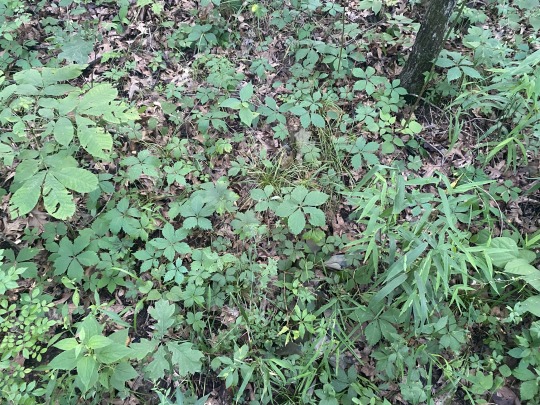
went on a walk and decided to take a random green picture omw out to see what i could identify ex situ. here’s what i came up with, only looking up my two questions marks!!
- shagbark hickory
- virginia creeper
- multiflora rose
- northern red oak
- inland wood oats
- japanese stiltgrass
- wood avens
- dollarleaf
- white snakeroot
- wildrye(?)
- squarrose sedge
- nimblewill
- panicled aster
- pointed leaved tick trefoil
- unfruiting sedge(?)
- dogwood
3 notes
·
View notes
Text
October 2, 2023
The Late Night Post with Ju Te An
Progress of the first day – unfortunately spread a bit into the next day due to various distraction and some procrastination.
Successes!
• Internship presentation finished
• Greenhouse homework completed
• Took various photos of flowers
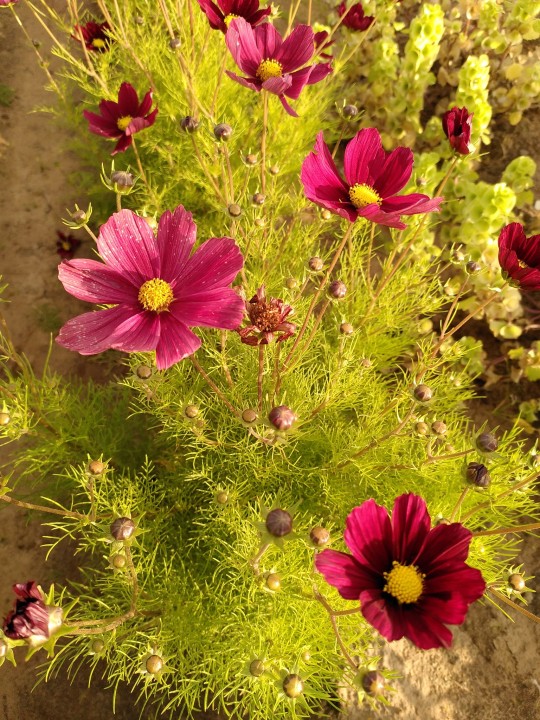
Cosmos bipinnatus – Garden cosmos or Mexican aster (🇪🇪: harilik kosmos)
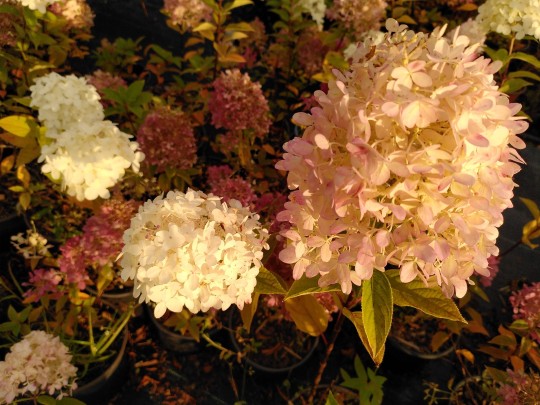
Hydrangea paniculata – Panicled hydrangea (🇪🇪: aedhortensia)
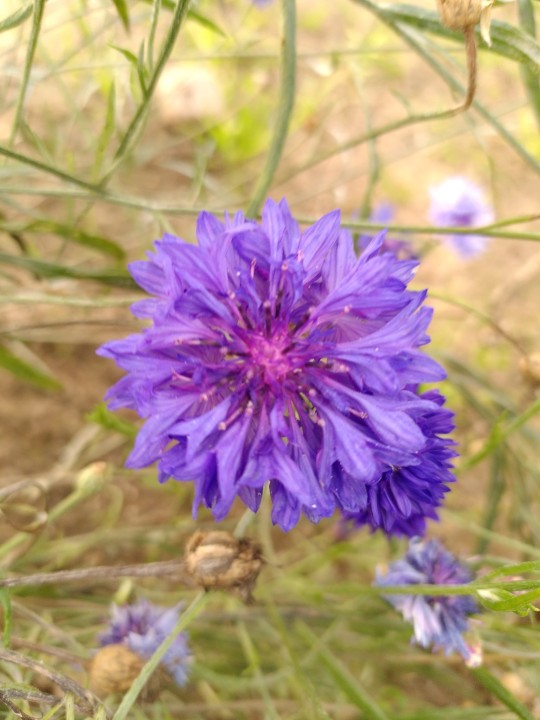

Centaurea cyanus – cornflower, the national flower of Estonia! (🇪🇪: rukkilill)
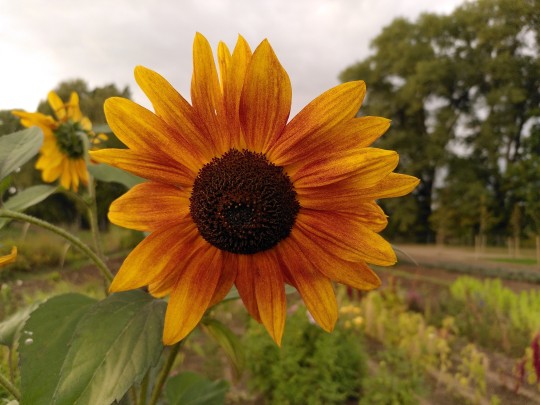
Helianthus annuus – Common sunflower 🌻 (🇪🇪: harilik päevalill)
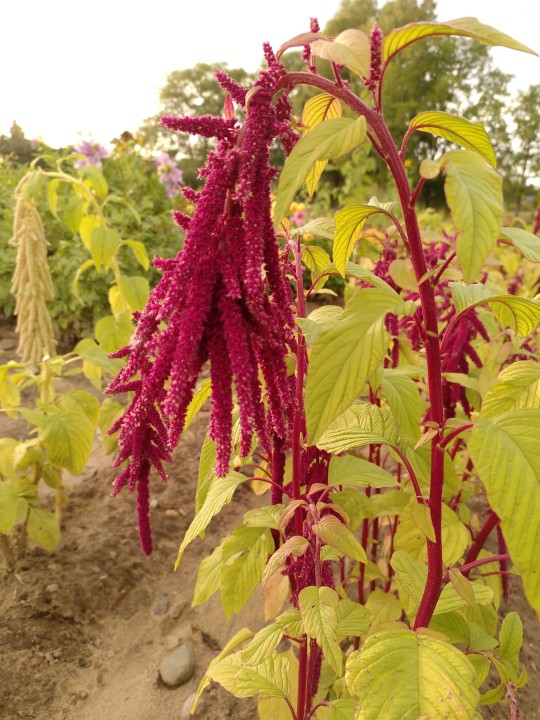
Amaranthus caudatus – Foxtail amaranth, velvet flower or love-lies-bleeding (🇪🇪: longus rebashein)
Did not get around to reading or writing again, will try to procrastinate with those the next time!
Until next time, good night!
7 notes
·
View notes
Text
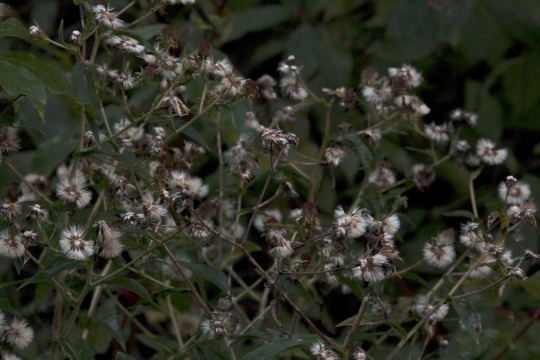
Panicled Aster, Symphyotrichum Lanceolatum
1 note
·
View note
Text
Pacific Aster
Vancouver, Washington Pacific Aster along the Beacon Rock Trail Have a happy day 🙂 Alice For more beautiful flowers stop by and visit Cee at: Cees flower of the day Pinterest Facebook WhatsApp Tumblr X White Panicle AsterDateOctober 24, 2021Flower of the day-Along the hiking trailDateApril 10, 2022Along The Branchwood TrailDateOctober 29, 2022
0 notes
Text

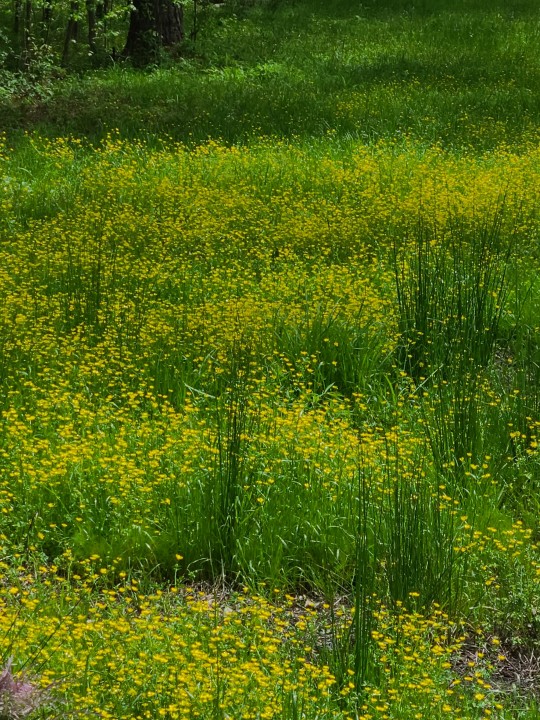
Went on a 6 mile hike today and took my wildflower identification book with me :) saw a lovely clearing absolutely full of butterweeds (plus a few thistles)! The bumblebees were hard at work out here :)
#personal post#aes#i have a bunch of flowers to press and re-identify#i found all kinds of flowers out there!#lyre leaf sage and periwinkles and panicled asters#crimson clovers too
2 notes
·
View notes
Text



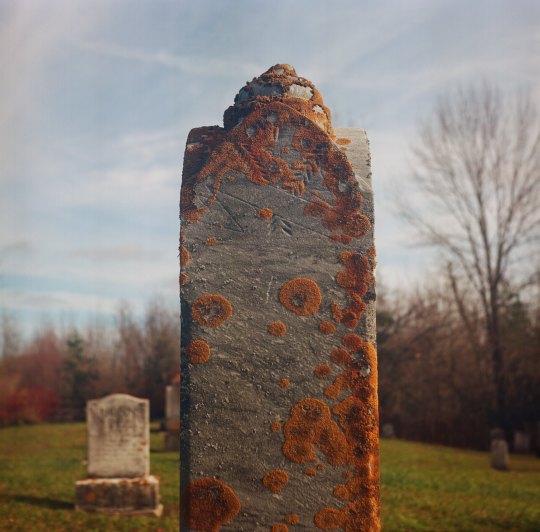
Bruce Peninsula (2) (3) (4) by Jeff Willis
Via Flickr:
(1) Autumn Field, Lindenwood Road (3) Farmstead, Kemble (4) Big Bay Cemetery. A remarkable headstone in a tiny, quaint cemetery in the hamlet of Big Bay, Township of Georgian Bluffs, Ontario.
#flowers#white panicle aster#meadow#road stretching out#abandoned house#countryside#graveyard#canada#ontario
4 notes
·
View notes
Text
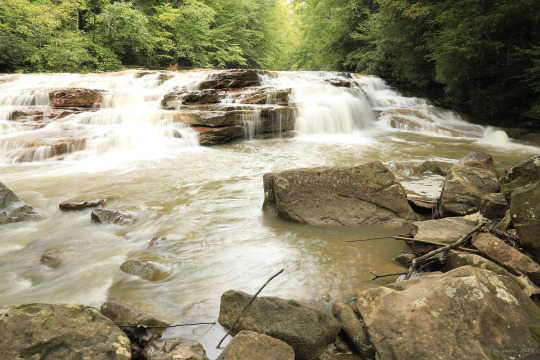
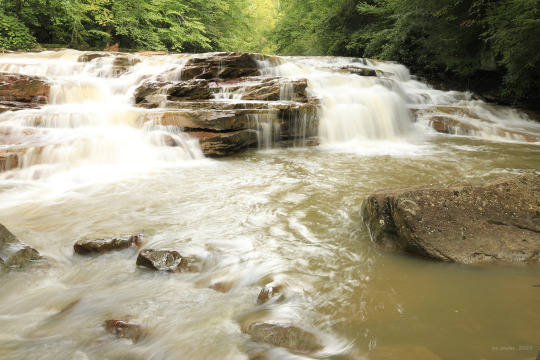
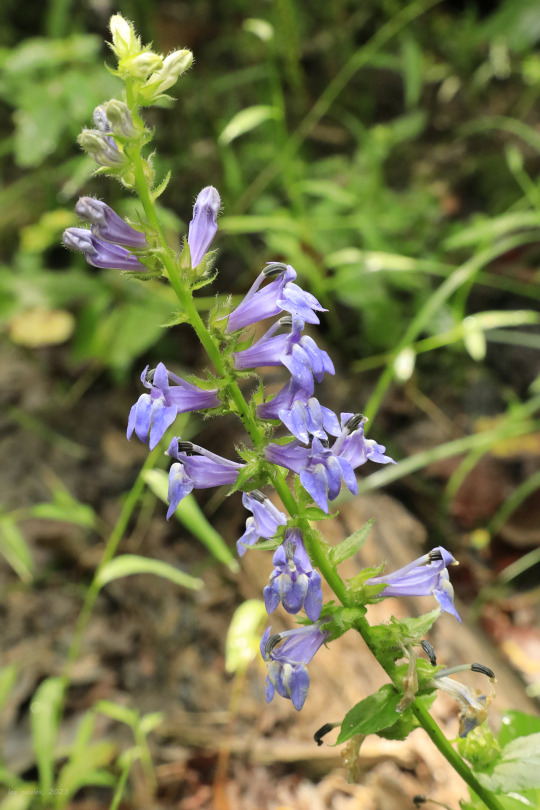

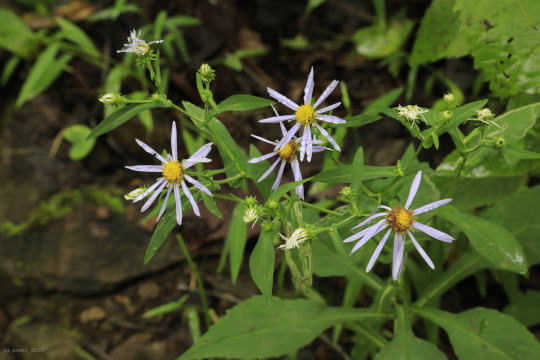
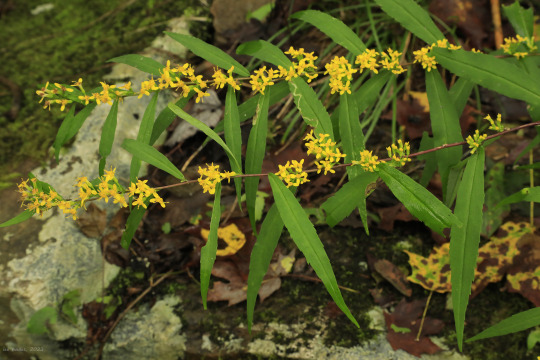
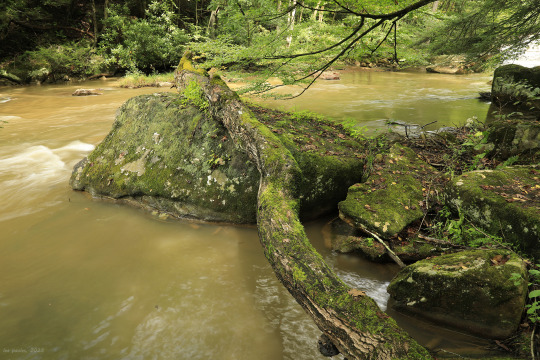
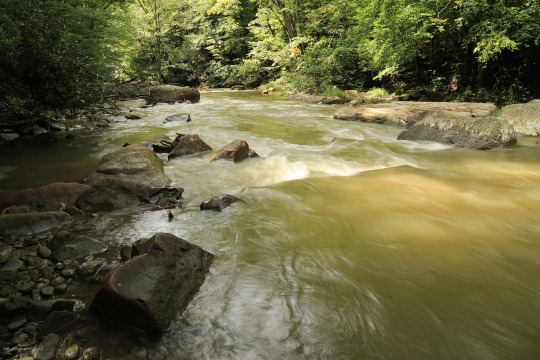
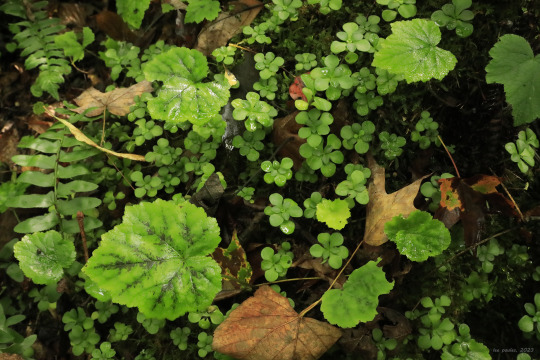
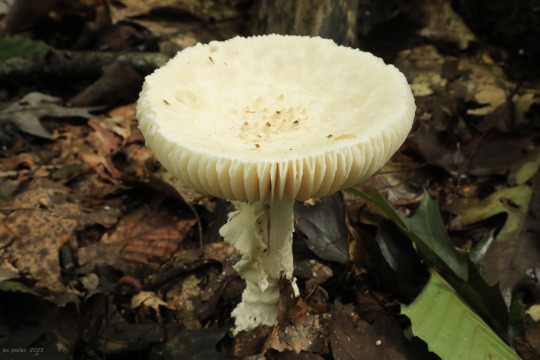
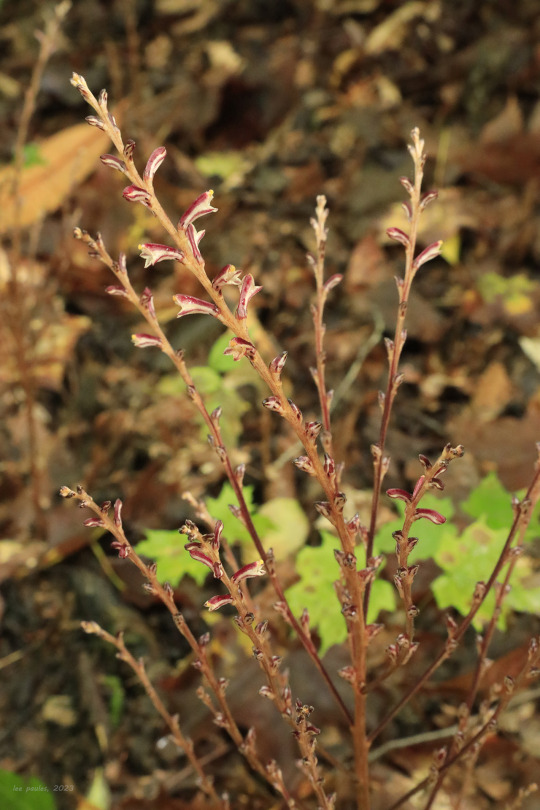
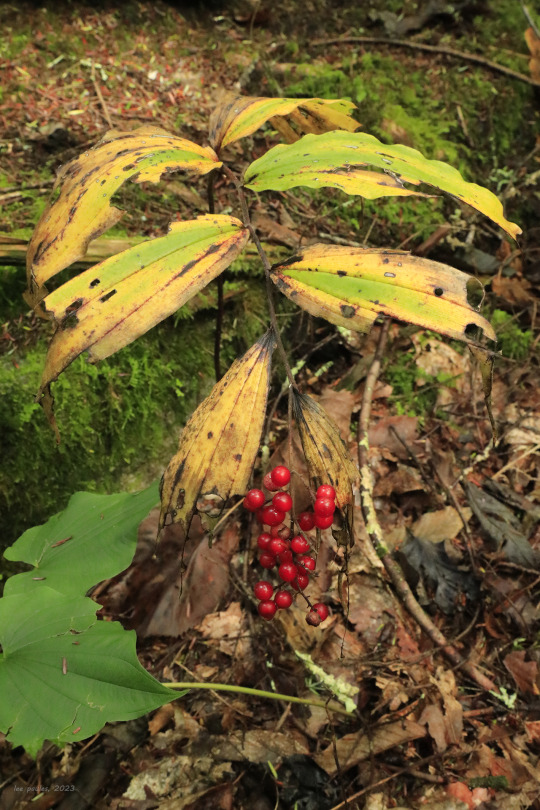

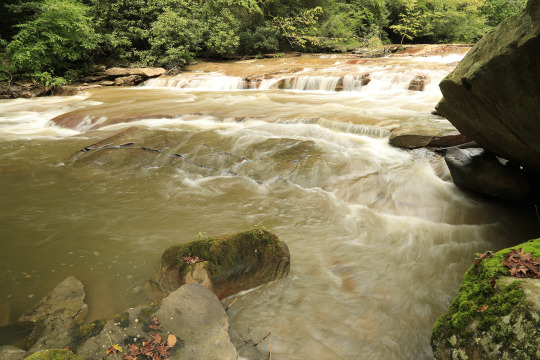

Despite its undignified name, Muddy Creek is a lovely mountain stream that normally runs fast and clear on its steep descent to Cheat River. But after a week of heavy rain in NC-WV, the stream looked a bit murky yesterday. Not even the sediment washing away from the mountains dims its beauty in my eyes. And the enchanting, moss-encrusted forest along its bank holds its own late summer treasures.
From top: great blue lobelia (Lobelia siphilitica), which pairs beautifully with cardinal flower to provide late summer color in a native wildflower garden; white wood aster (Eurybia divaricata), which is the most common of the shade-loving white asters in this area; crooked-stemmed aster (Symphyotrichum prenanthoides), also known as zigzag aster, whose clasping, spatula-shaped leaves distinguish it from big-leaf aster, another woods-loving aster with lavender flowers; blue-stemmed goldenrod (Solidago caesia), whose spreading, yellow-flowered stems provide stunning late-season color in a native wildflower garden; an intensely-green collage of moss, woodland stonecrop (Sedum ternatum), Christmas fern (Polystichum acrostichoides) and heartleaf foamflower (Tiarella cordifolia), which I am trying hard to reproduce in my own native wildflower shade garden; the shaggy-maned stem of Coker's Amanita (Amanita cokeri), one of the most impressive mushrooms of Appalachia's summer forests; beech-drops (Epifagus virginiana), a parasitic plant that grows and subsists on beach tree roots; the bright red berries of false Solomon's seal (Maianthemum racemosum); yellow jewelweed (Impatiens pallida), whose explosive seed pods give the plant its other common name, pale touch-me-not; and narrow-leaved tick-trefoil (Desmodium paniculatum), also known as panicled tick-trefoil, a late summer pea whose sticky seed pods commonly hitch rides on shoes and boots.
#appalachia#vandalia#west virginia#wildflowers#flora#summer#muddy creek#cheat river#preston county#fungi#coker's amanita#great blue lobelia#white wood aster#crooked-stemmed aster#zigzag aster#blue stemmed goldenrod#woodland stonecrop#christmas fern#heartleaf foamflower#beech-drops#beech drops#false solomon's seal#solomon's plume#yellow jewelweed#pale touch-me-not#narrow-leaved tick-trefoil#panicled tick-trefoil#falls#rapids#mountain stream
103 notes
·
View notes
Text
Symphyotrichum Workout
Symphyotrichum lateriflorum (Calico Aster) on 10-9-22, #916-11. Hello everyone! I hope this post finds you well. The past week has been fairly cool and it finally rained. This is a perfect time of the year to get dirty and do some fall cleanup. One of the most baffling genera of plants on the farm has been the Symphyotrichum. Even pronouncing it can be a challenge. It’s…
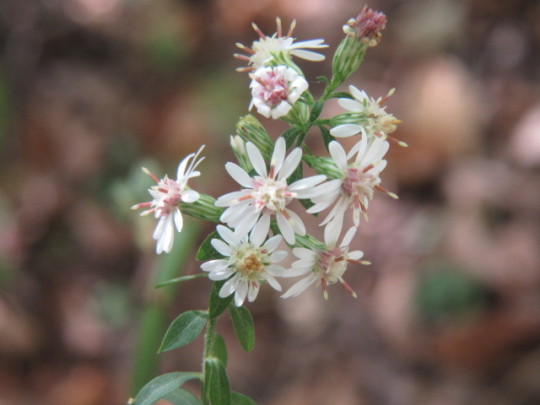
View On WordPress
#Symphyotrichum lanceolatum (Panicled Aster)#Symphyotrichum lateriflorum (Calico Aster)#Symphyotrichum novae-angliae (New England Aster)#Symphyotrichum ontarionis (Ontario Aster)#Symphyotrichum pilosum (Hairy White Oldfield Aster)#Symphyotrichum praealtum (Willowleaf Aster)
0 notes
Text
More flowers from my garden!
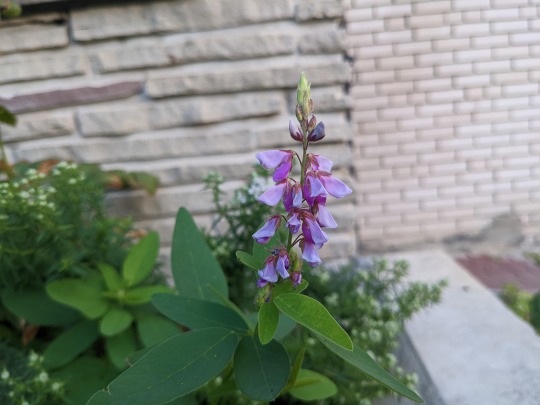
Desmodium canadense (showy tick trefoil)
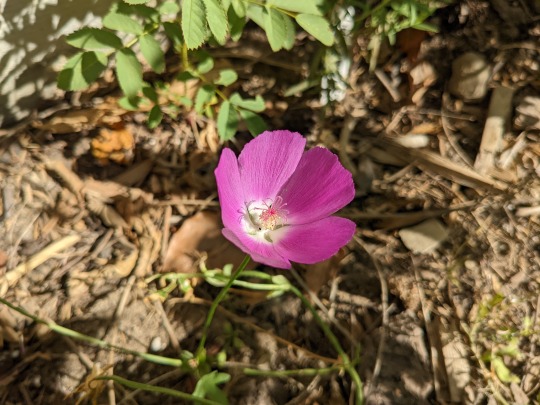
Callirhoe involucrata (purple poppymallow)

Pycnanthemum virginianum (Virginia mountain mint)
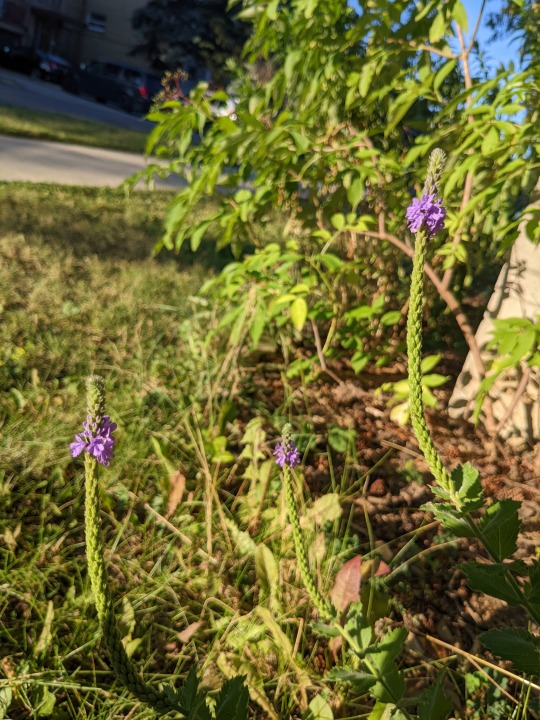
Verbena stricta (hoary vervain)

Eupatorium purpureum (sweet joe-pye-weed)

Monarda punctata (spotted beebalm)
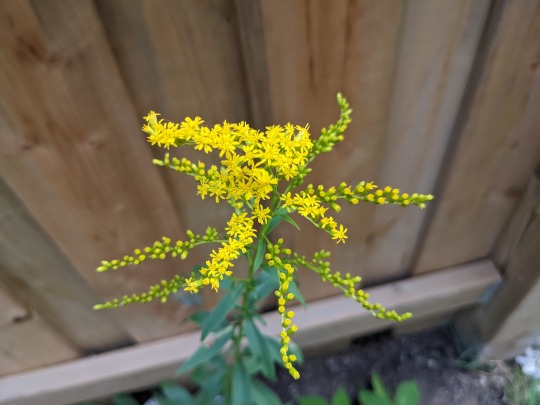
Solidago juncea (early goldenrod)
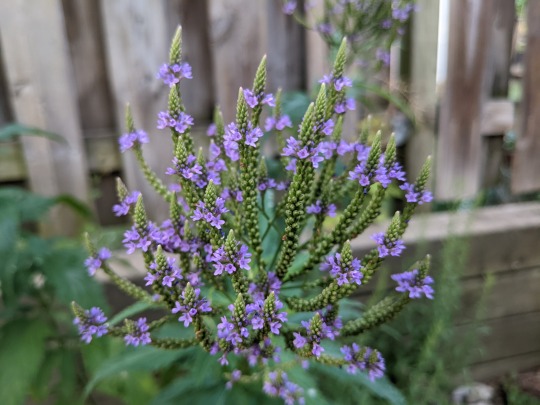
Verbena hastata (blue vervain)
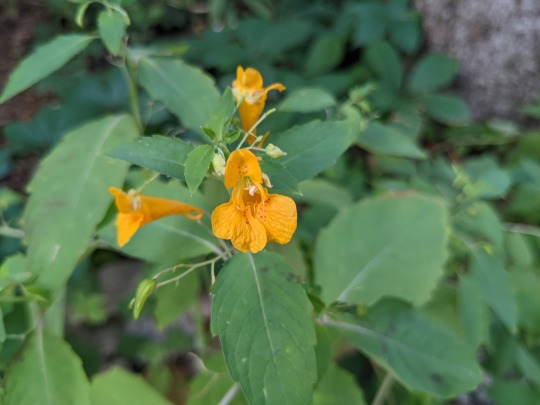
Impatiens capensis (spotted jewelweed)

Helianthus nuttallii (common tall sunflower)

Symphyotrichum ciliatum (fringed blue aster)
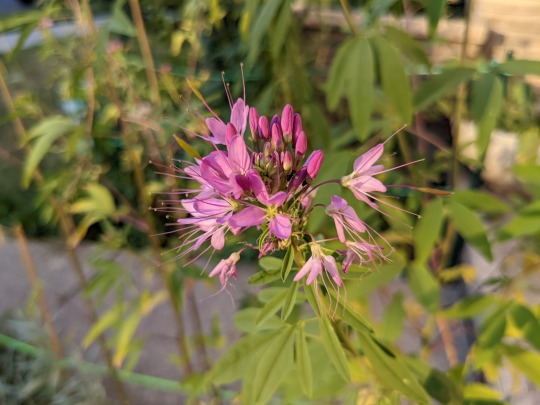
Cleome serrulata (Rocky Mountains bee plant)
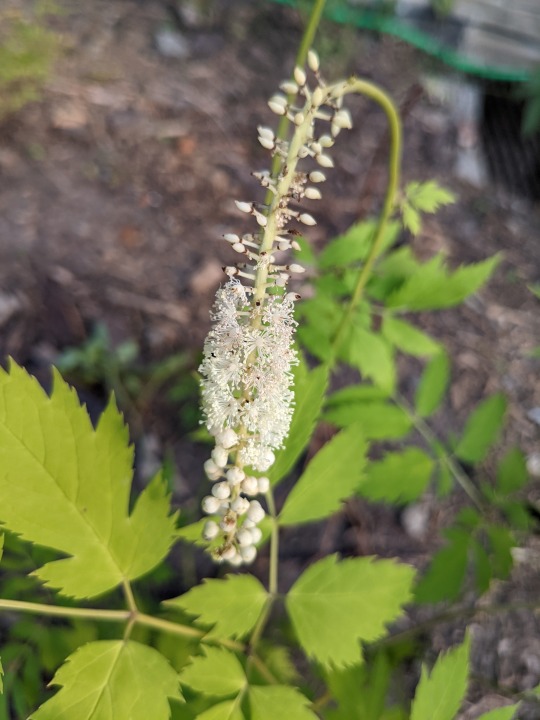
Actaea racemosa (black snakeroot)
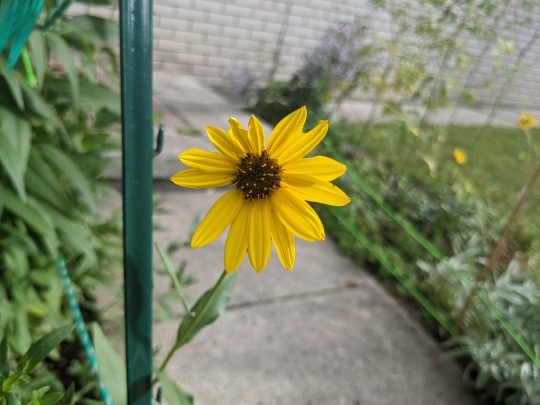
Helianthus pauciflorus (stiff sunflower)
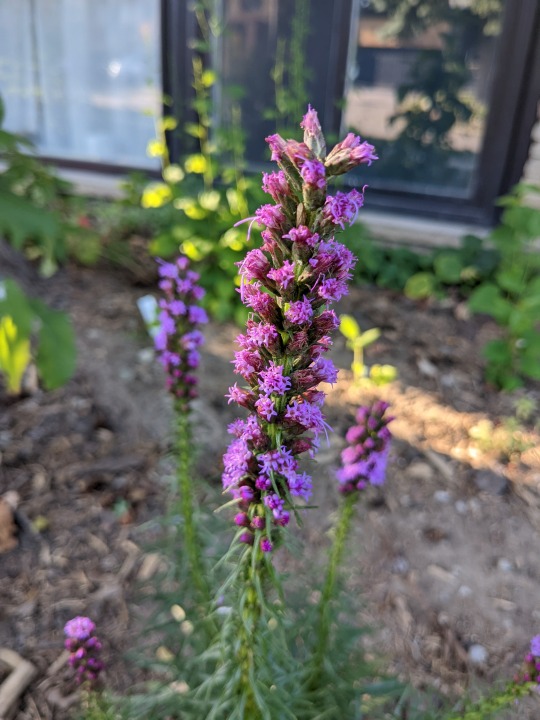
Liatris spicata (dense blazing star)

Hypericum punctatum (spotted St. John's wort)
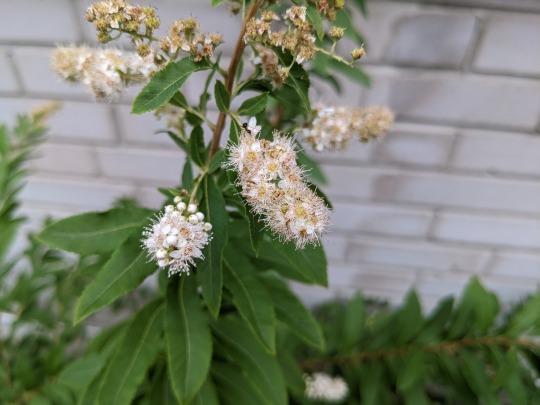
Spiraea alba (meadowsweet)
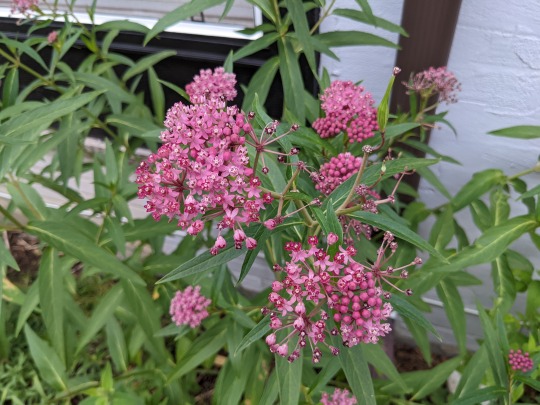
Asclepias incarnata (swamp milkweed)

Agastache foeniculum (anise hyssop)
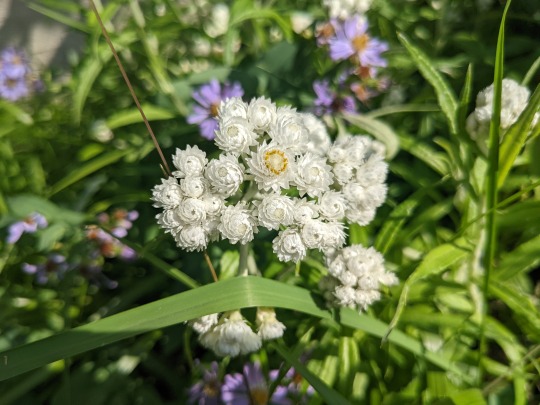
Anaphalis margaritacea (pearly everlasting)

Symphyotrichum laeve (smooth aster)
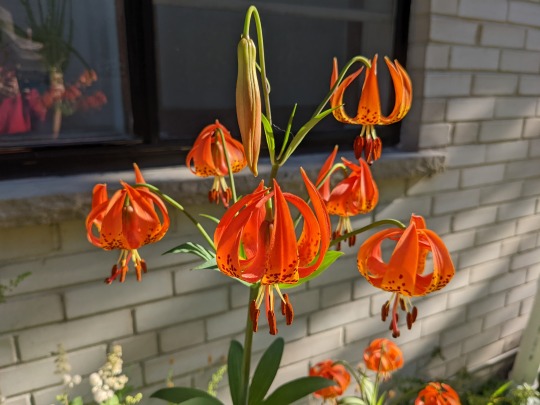
Lilium michiganense (Michigan lily)
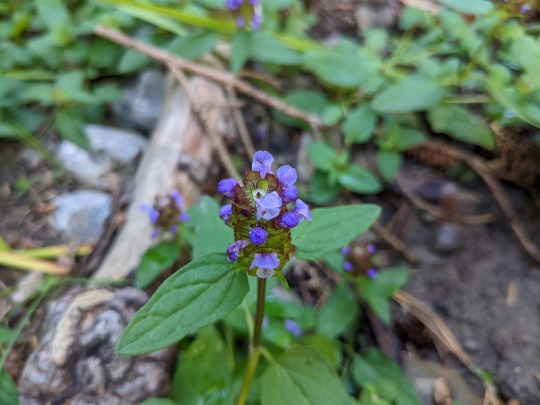
Prunella vulgaris ssp. vulgaris (common selfheal)

Symphyotrichum lanceolate (panicled aster)

Astragalus canadensis (Canada milk vetch)
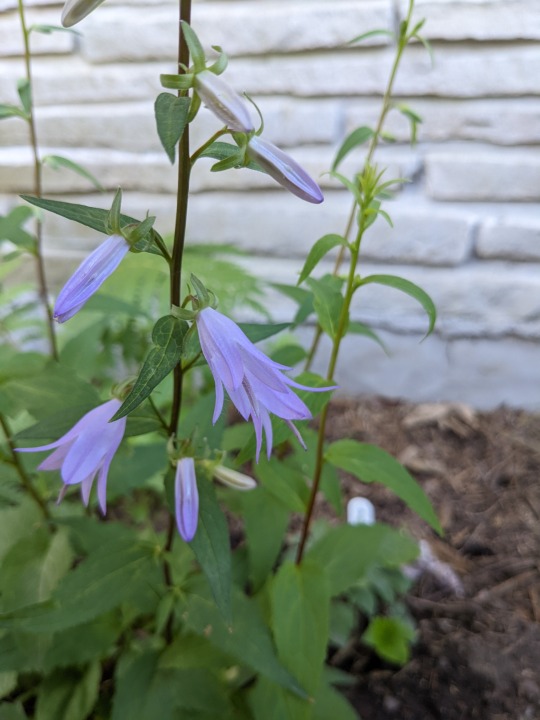
Campanulastrum americanum (marsh harebell)

Sambucus canadensis (common elderberry)

Mertensia paniculata (tall bluebells)
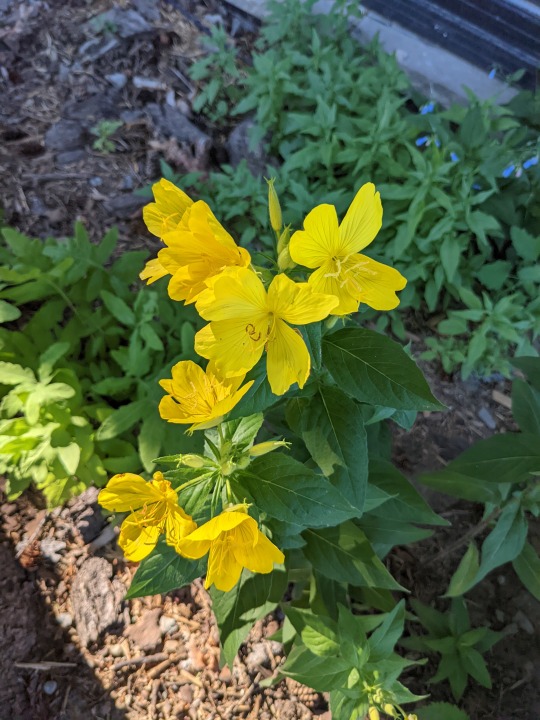
Oenothera fruticosa (narrow-leaved sundrops)

Lilium philadelphicum (wood lily)
And cut off again. lol
17 notes
·
View notes
Text

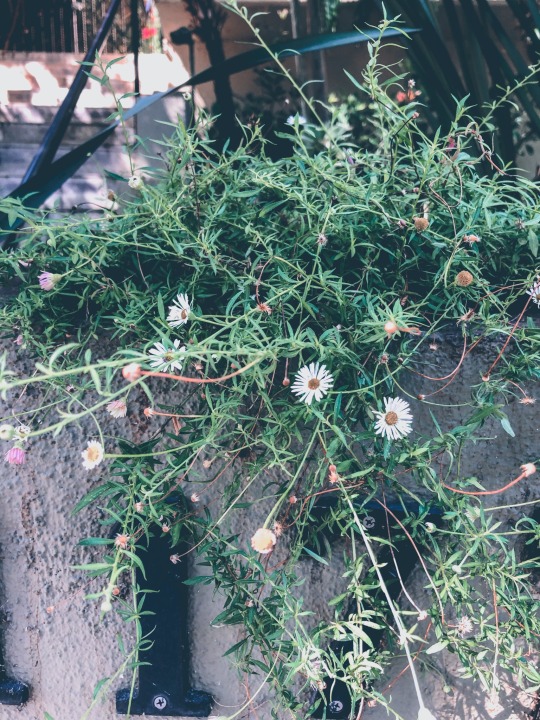
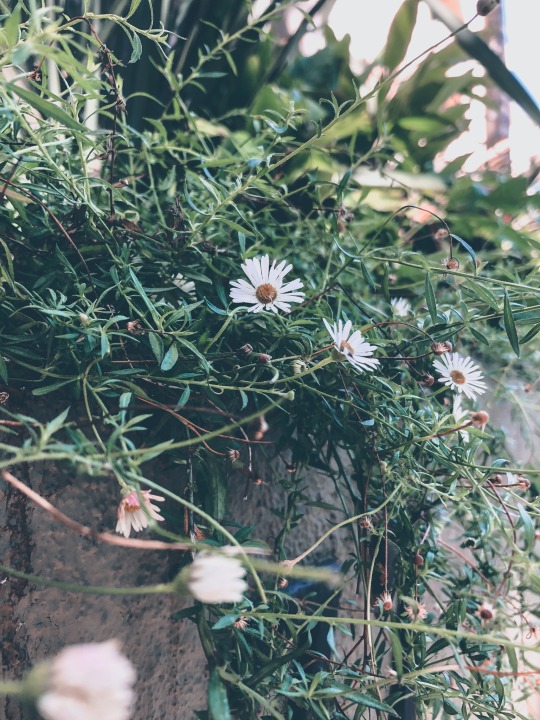
White-panicle aster
Symphyotrichum lanceolatum
A completely impromptu poem nobody asked for or wanted:
Your melody hums to many.
Walk into the ring
And fall prey to the faerie.
Lured by your delicate song and
Calls of innocent worry.
#og posts#study blog#studyblr#study aesthetic#plantblr#plantlove#plants#plantphotography#plantcore#cottage aesthetic#cottagecore#fairy core#nature core#naturephotography#floral pics#floral#poetryblr#poetry#tumblr poem#prose poem#faerycore#fae folk#faerie#faery garden#faerie aesthetic
9 notes
·
View notes